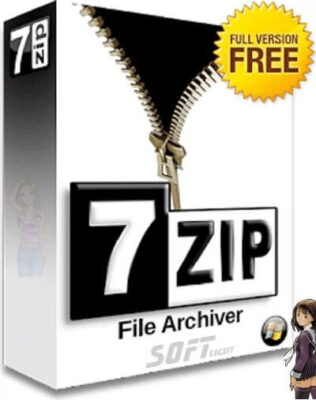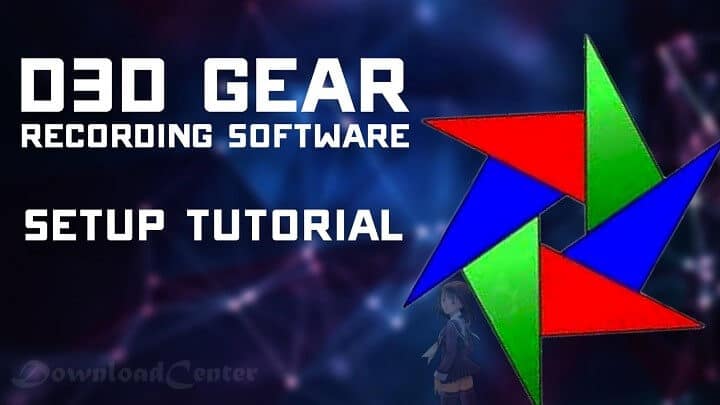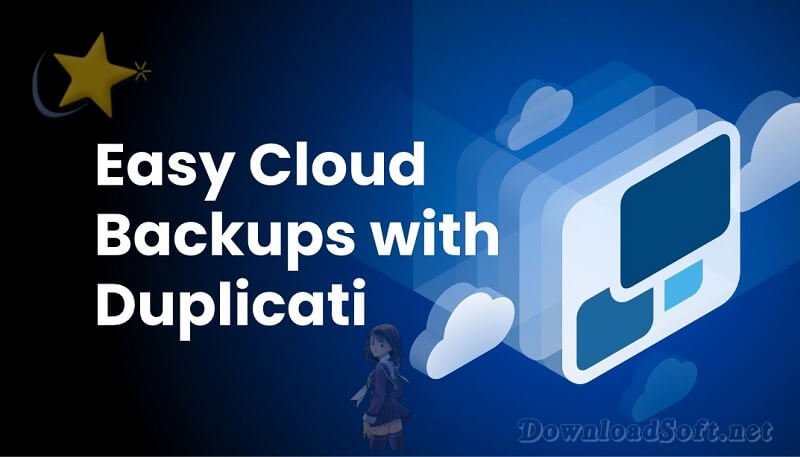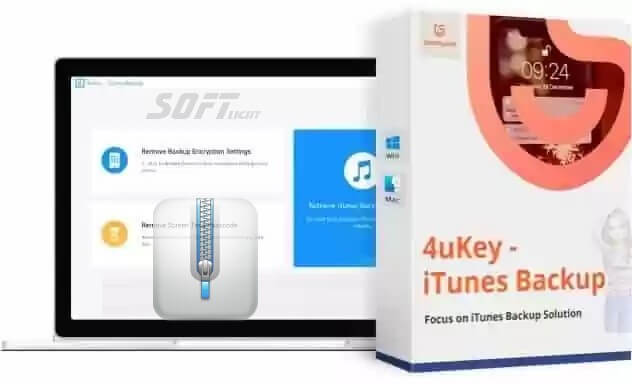Download 7-ZIP Compress Files Free for Windows 32/64-bit
Download 7-ZIP Compress Files for Windows Free Open Source
The Ultimate File Compression Tool
In the digital age, file management is essential for both personal and professional use. 7-ZIP is a powerful file compression tool that has gained popularity for its effectiveness and user-friendly interface. This article explores various aspects, including its features, installation process, pricing, and how it compares to other file compression tools available in the market.
What is 7-ZIP?
It is an open-source file archiver that allows users to compress and decompress files in various formats. Developed by Igor Pavlov, it is best known for its ability to create highly efficient compressed files using the 7z format, which offers superior compression ratios compared to traditional formats like ZIP and RAR. Additionally, it supports a wide range of file formats, making it a versatile choice for users who need to manage and organize their files efficiently.

Installation and Setup
Step-by-Step Installation Guide
Installing 7-ZIP is a straightforward process that can be completed in just a few steps:
- Download the Installer: Visit the official website to download the latest version of the software. Ensure that you select the correct version for your operating system (Windows, macOS, or Linux).
- Run the Installer: Locate the downloaded file in your downloads folder and double-click it to launch the installation wizard.
- Follow the Prompts: The installation process will guide you through various steps, including accepting the license agreement and selecting your installation preferences.
- Complete the Installation: Once the installation is finished, you can launch it from your applications menu.
Initial Setup
Upon launching 7-ZIP for the first time, users are greeted with a clean and intuitive interface. The software will automatically scan your system for compressed files, making it easy to access and manage them. You can also customize the settings according to your preferences, such as choosing default compression formats and adjusting file associations.
Features
High Compression Ratio
One of the key features is its high compression ratio, especially when using the 7z format. This allows users to significantly reduce file sizes, which is particularly beneficial for saving storage space and speeding up file transfers. The software’s advanced algorithms ensure that files are compressed efficiently without sacrificing quality.
Support for Multiple Formats
Supports a wide range of file formats, including ZIP, RAR, TAR, GZ, and more. This versatility ensures that users can work with various compressed files without needing multiple software applications. The ability to extract and create archives in different formats makes it a valuable tool for users who frequently handle compressed files.
Simple User Interface
The user interface is designed to be straightforward to navigate. Users can quickly access their files, create new archives, and extract files with just a few clicks. The drag-and-drop functionality further simplifies the process, allowing users to manage their files effortlessly.
File Encryption
Offers built-in AES-256 encryption, providing users with the ability to secure their compressed files. This feature is particularly useful for users who need to protect sensitive data. By encrypting files, users can ensure that only authorized individuals have access to the contents of their archives.
Integration with Windows Explorer
7-ZIP integrates seamlessly with Windows Explorer, allowing users to compress and extract files directly from the context menu. This integration enhances productivity by enabling users to perform tasks without having to open the application separately. Simply right-click on a file or folder to access the options.
Customer Support and Help Center
Comprehensive Help Resources
For users who encounter issues or have questions, it provides a comprehensive help center. This resource includes FAQs, troubleshooting guides, and detailed articles covering various aspects of the software. Users can quickly find solutions to common problems or learn how to maximize the software’s features.
Responsive Community Support
In addition to official resources, it has an active user community. Forums and online discussion groups provide a platform for users to ask questions and share tips. While direct customer support may be limited, the community is often helpful in addressing user inquiries and providing solutions.
Pricing and Plans
Completely free to use, making it an attractive option for users seeking a powerful file compression tool without any financial commitment. There are no hidden fees or subscription plans, allowing users to enjoy the full range of features without worrying about costs.
Pros and Cons
Pros
- Free to Use: Offers a no-cost solution for file compression and extraction.
- High Compression Ratio: Provides superior compression capabilities, especially with the 7z format.
- Multiple Format Support: Supports a wide variety of file formats, enhancing versatility.
- User-Friendly Interface: The intuitive design makes navigation simple for users of all skill levels.
- File Encryption: Built-in AES-256 encryption ensures secure file storage.
Cons
- Limited Advanced Features: While effective for basic tasks, some users may find that it lacks advanced features available in premium software.
- No Built-in File Viewer: Unlike some competitors, it does not include a built-in file viewer for previewing contents without extraction.
- Occasional Compatibility Issues: Some users have reported minor compatibility issues with certain file formats.
User Experiences and Testimonials
Users have generally praised its performance and efficiency. Many appreciate the high compression ratios, stating, “It compresses files much smaller than other tools.” The ease of use and integration with Windows Explorer are frequently highlighted as significant advantages, making file management effortless.
However, some users have expressed a desire for more advanced features. A few have noted that while it excels at compression, it lacks built-in tools for file previewing. Overall, the feedback indicates that 7-ZIP is a solid choice for users seeking a reliable and efficient file compression solution.
Comparison with Other Tools
When compared to other file compression tools like WinRAR, PeaZip, and Bandizip, it holds its ground effectively. While WinRAR is a popular choice, it requires a paid license for continued use after a trial period. PeaZip offers a similar feature set, but some users prefer the simple interface. Bandizip is known for its speed but may not offer the same level of compression efficiency.
For users prioritizing a free and effective solution, it stands out as an excellent option. Its combination of features makes it suitable for both casual users and professionals alike.
Tips for Using 7-ZIP
Explore Compression Settings
Take advantage of the various compression settings available. Experiment with different formats and levels of compression to find the best balance between file size and quality.
Use File Encryption
If you are working with sensitive data, utilize the built-in encryption feature to protect your files. This adds an extra layer of security, ensuring that only authorized users can access them.
Organize Your Files
Use to organize your files into compressed archives. This not only saves space but also makes it easier to manage large collections of files.
Keep the Software Updated
Regularly check for updates to ensure that you have the latest features and security improvements. Keeping updated can enhance performance and address any known issues.
Utilize the Context Menu Integration
Take advantage of the seamless integration with Windows Explorer. Right-click on files or folders to quickly access options for compression and extraction.
Frequently Asked Questions (FAQs)
Is 7-ZIP Free to Use?
Yes, it is completely free, with no hidden fees or subscription costs.
What File Formats Does it Support?
Supports a wide range of formats, including ZIP, RAR, TAR, GZ, and its 7z format.
Can I Encrypt My Files with 7-ZIP?
Yes, it offers built-in AES-256 encryption for securing your compressed files.
Importance of System Maintenance
Maintaining your system is crucial for ensuring optimal performance when using file compression tools. Regularly updating your software, managing disk space, and organizing files can enhance the overall user experience. A well-maintained system ensures smooth operation, reducing the likelihood of crashes or slow performance.
Tutorials and Additional Resources
For users looking to maximize their experience, various tutorials and resources are available online. These include video guides, user forums, and detailed articles covering everything from installation to advanced features. Engaging with these resources can help users unlock the full potential of the software and enhance their overall experience.

System Requirements
Before installing, ensure that your system meets the following requirements:
- Operating System: Windows 7, 8, or 10; Linux (via command line).
- RAM: Minimum of 512 MB (1 GB recommended for optimal performance).
- Storage Space: At least 20 MB of free space for installation.
Conclusion
7-ZIP is a powerful and user-friendly file compression tool that caters to a wide range of users, from casual file managers to professionals in need of efficient data handling. With its high compression ratios, extensive format support, and robust features, it stands out as an excellent choice in the file compression market. By understanding its capabilities and utilizing the tips provided, users can enhance their file management experience and make the most out of this versatile software. Whether you are compressing files for storage or sharing, it is equipped to meet your needs effectively.
Technical Details
- Category: File compression
Software name: 7-ZIP
- Version: Latest
- License: Fully Free
- File size: 1 MB
- Operating Systems: Windows XP / Vista + SP1 / 7/8/10/11 and others
- Languages: Supports more than 87 languages, including Arabic
- Developer: Igor Pavlov
- Official website: 7-zip.org
Download 7-ZIP Compress Files for Windows 32-bit






